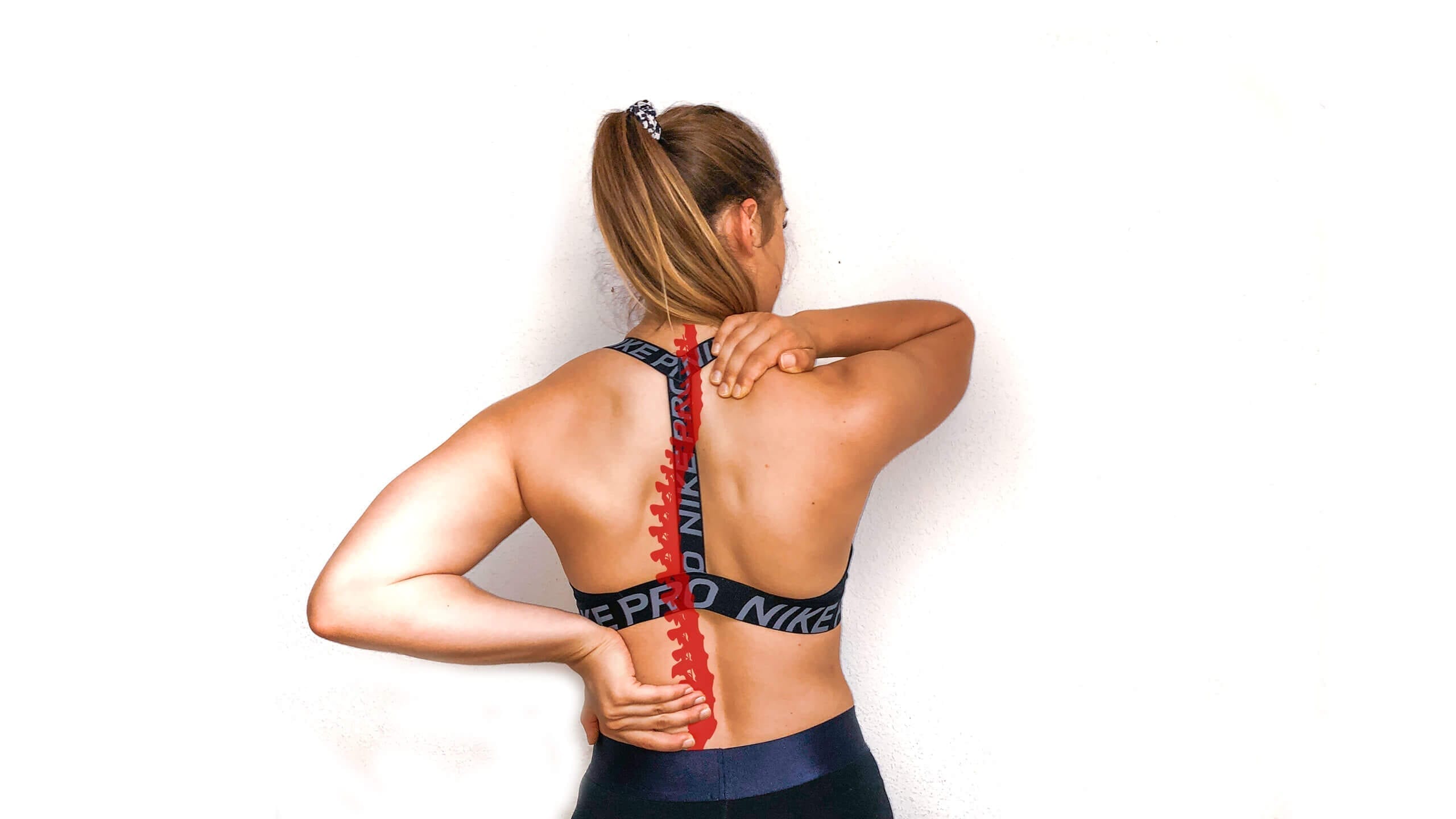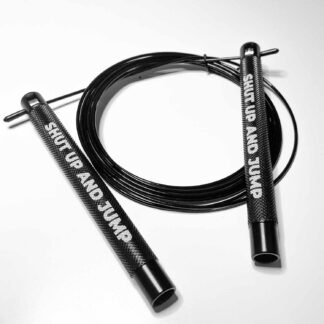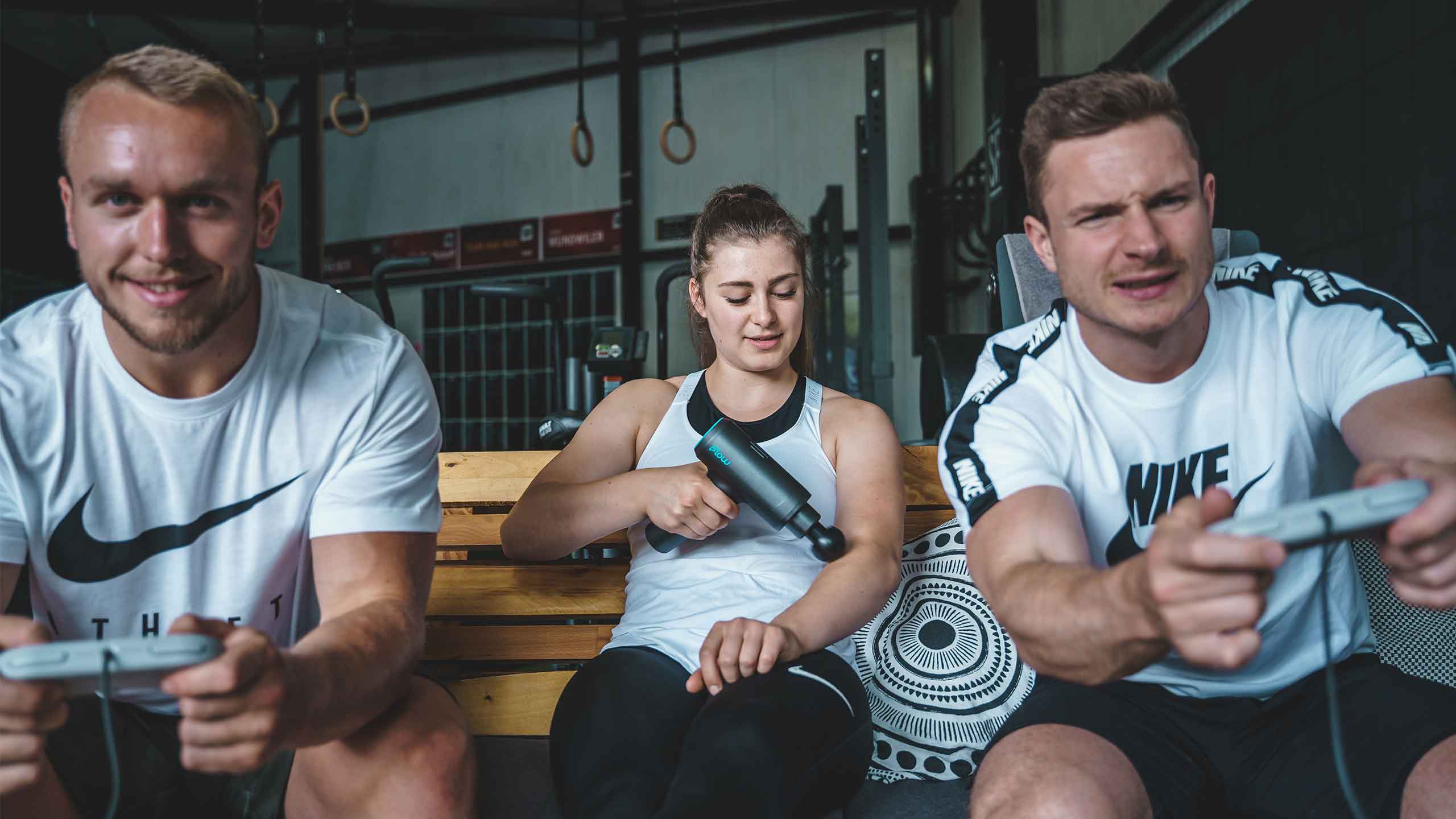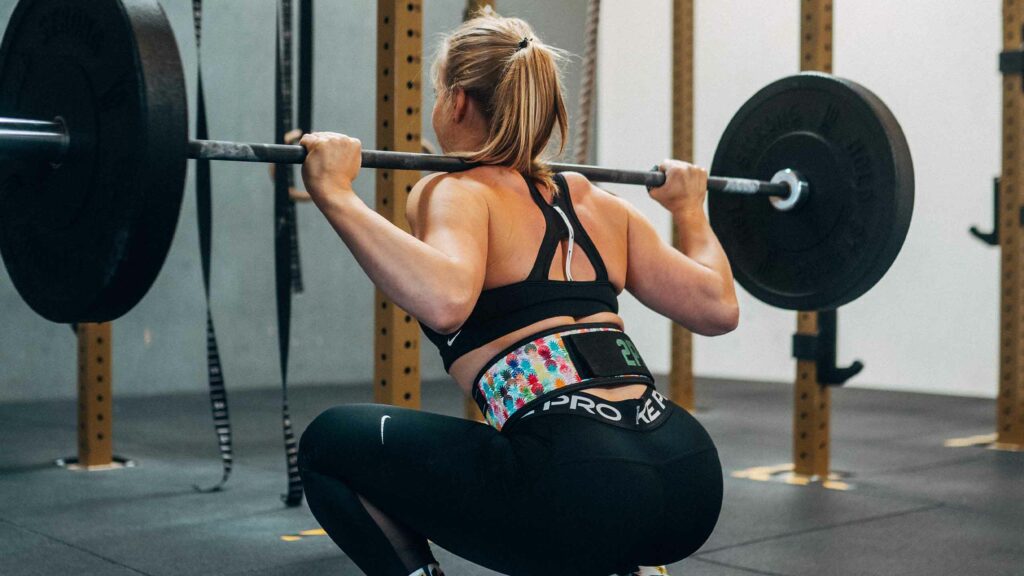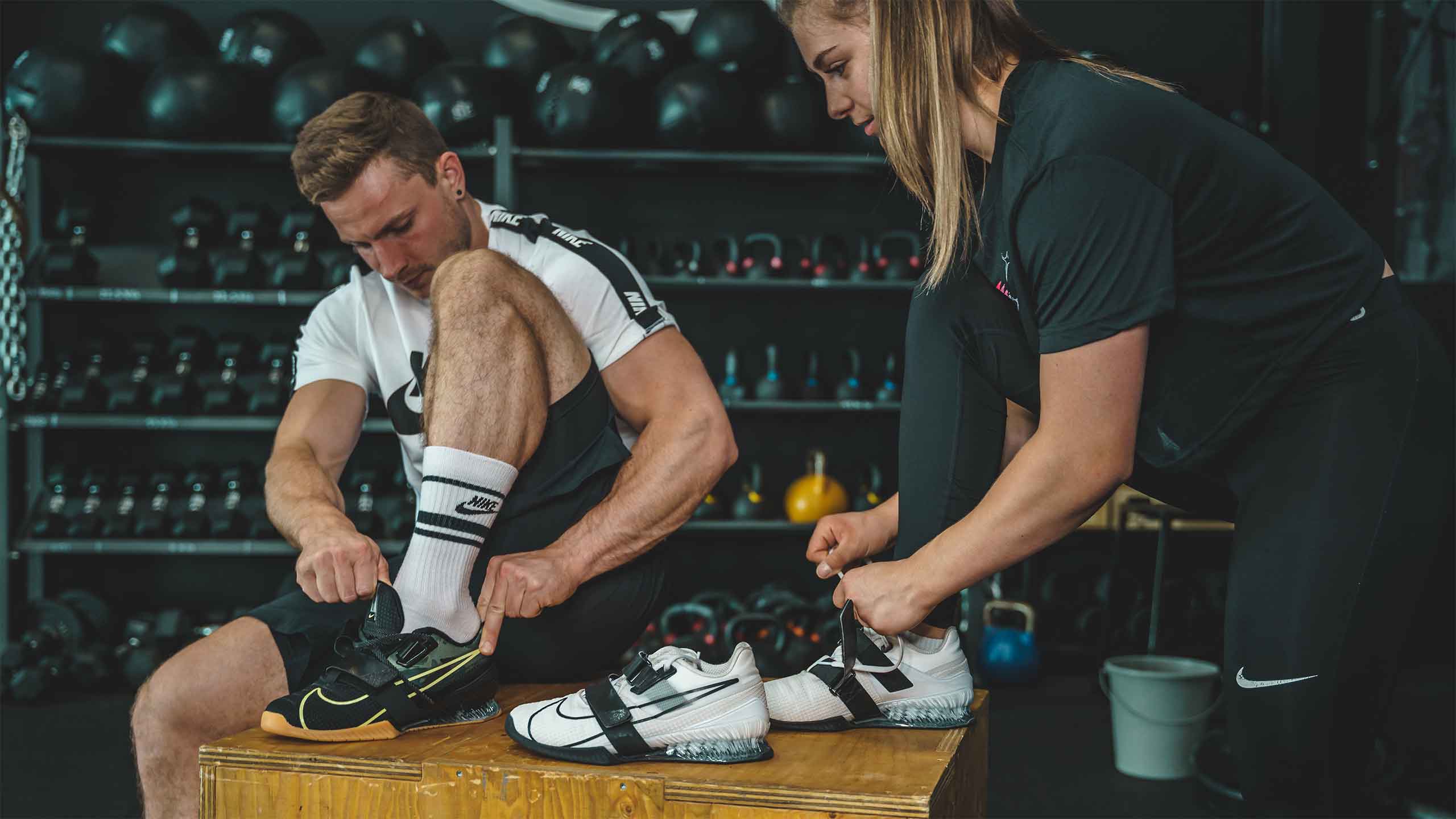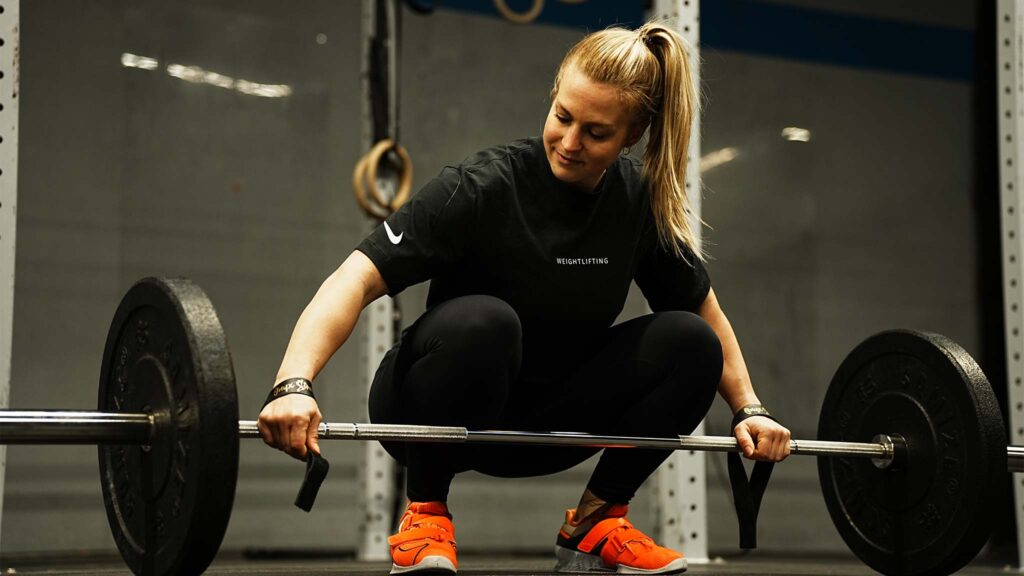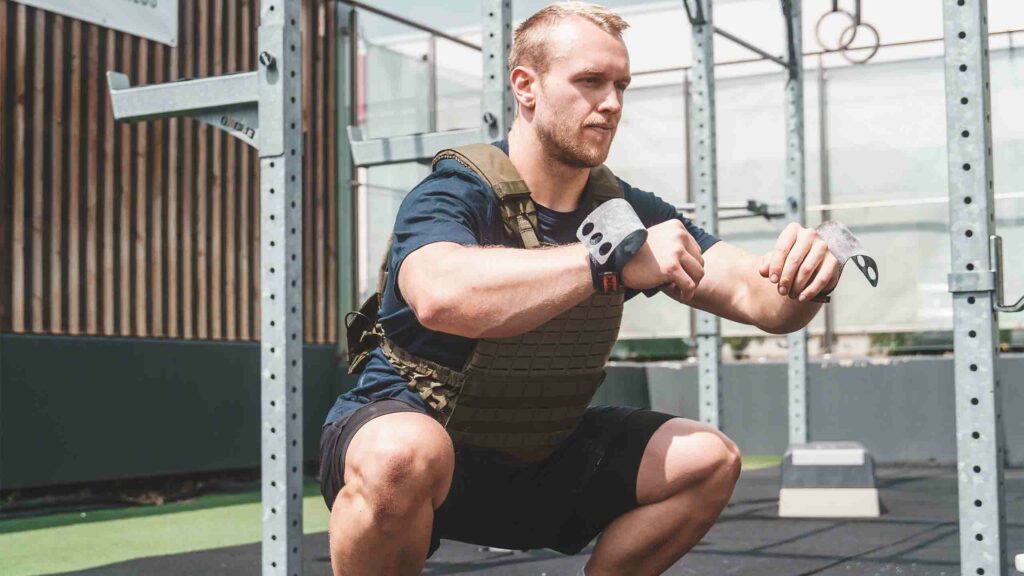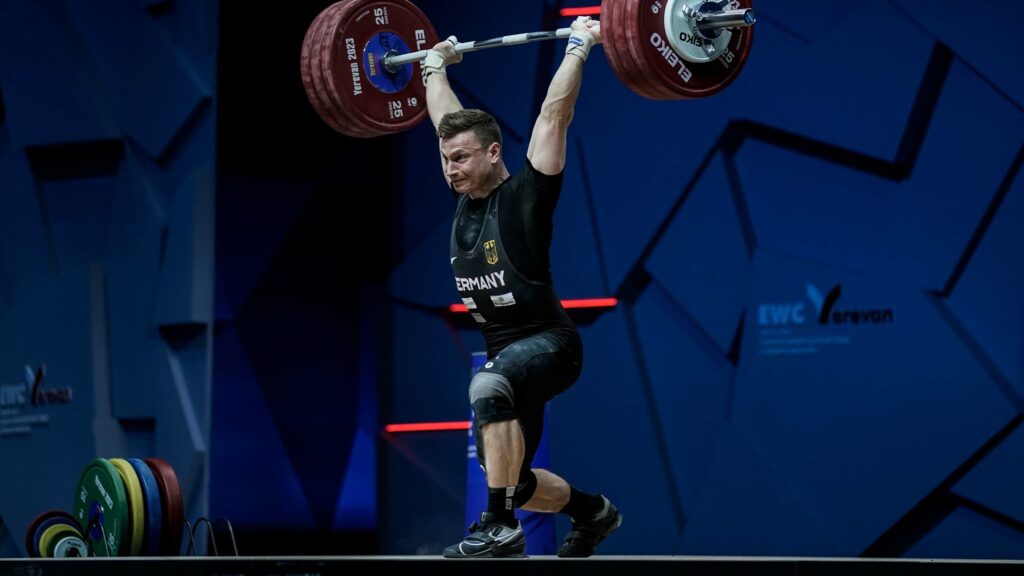The human body is extremely individual. Even under the most difficult conditions, it is able to perform at his best. In sports, we often see athletes with special anatomical conditions. Among them are world champions, Olympic champions, and world record holders. For example also Usain Bolt. The most successful sprinter of our time and currently the fastest man in the world has – you won’t believe it – scoliosis. His sporting achievements are exceptional and will forever be in the history books.
Everyone has heard the term before, but what does scoliosis actually mean? Will it necessarily restrict our sporting performance? And is every deviation from the norm directly a disease? We want to clarify these questions today.
WHAT DOES SCOLIOSIS MEAN?
Scoliosis generally describes an altered shape and position of the spine, thorax and trunk. By definition, the spinal column must deform in three dimensions, i.e. a deviation to the right and left, in rotation and a torsion of the vertebral body itself.1 This form of scoliosis is called structural. It occurs only congenital and affects about 10-20% of patients with scoliosis. The vast majority of patients, 80-90%, are affected by functional scoliosis.2;3;4And this is something we want to address today because functional scoliosis is often diagnosed as something bad. Straight to the front: There is no reason why someone with functional scoliosis should not do sports.5;6
DIAGNOSTICS
An asymmetrical body is something completely normal. Our anatomy and posture are unique, just as each person is unique. So to say that we all have to stand, squat or run in the same position is absolutely unreasonable. And we all have to look at ourselves to diagnose scoliosis just by looking at our patients. As long as humans do not have x-ray vision, this procedure is extremely questionable and too negligent.
We are simply not symmetrical. We see this not only in the spine. In the human body there are countless examples of how asymmetrically we are structured. From the angle of the neck of the femur, through the rotation of the lower leg, to the alignment of the glenoid cavity. The construction plan is the same, but variable for each of us. We don’t all have the same eye and hair color, do we?
After all, we don’t all have the same eye and hair color, or apart from that, posture says nothing about pain. There is no scientific basis for this.7And we repeatedly see patients with a massive curvature of the spine, without any organic complaints or pain. So scoliosis itself need not cause any problems. We always have to look at the people behind it and respond to them individually. And as we will see later, scoliosis can perhaps even be performance-enhancing and make an athlete what he is.
OCCURANCE
Why do functional scolioses occur at all? Now there is still no clear scientific opinion. What we have to consider in any case, however, is the way our body adapts to physical stress. That’s the great thing about the human body and that’s basically how training works. Where there is a lot of stress on our bones, joints and muscles, our body builds in strong collagen fibers, for example, to make the tissue firmer and more resilient. When we saw through a bone, we see that the entire architecture of the bone adapts to the load. Where there is a lot of stress, there is also a lot of bone substance and vice versa in less stressed zones.
This explains why one-sided musculature or functional scoliosis can occur, especially in top-class sport. When the body is driven to peak performance, all structures adapt to it. Jae et al. were able to show that scoliotic changes of the spinal column occur significantly more frequently in female volleyball players.8 However, this is then the adaptation to the specific athletic load and can even be helpful in achieving a high level of performance.
It will be even more exciting with the following celebrity athlete. Usain Bolt. As already mentioned, he has scoliosis. This is exactly why he sprints 60-70 % stronger with one leg than with the other. Impossible to be that fast? Well, there is currently a lot of research and speculation about whether Usain Bolt is only that fast because of this asymmetrical load. We will see which results will be presented there in the future.
SUMMARY
For a reliable diagnosis of scoliosis, we always need an X-ray. To diagnose scoliosis only because of an asymmetrical posture is a big mistake. Our body is not symmetrical. If functional scoliosis develops as a result of sporting exertion, we can compensate for this. So with scoliosis, you can definitely continue to do your sport and as we see with athletes like Usain Bolt, scoliosis may make you who you really are.
Sources
1) Grivas TB, Burwell GR, Vasiliadis ES, Webb JK: A segmental radiological study of the spine and rib-cage in children with progressive Infantile Idiopathic Scoliosis. Scoliosis. 2006
2) Burwell RG, Cole AA, Cook TA, Grivas TB, Kiel AW, Moulton A, Thirlwall AS, Upadhyay SS, Webb JK, Wemyss-Holden SA: Pathogenesis of idiopathic scoliosis. The Nottingham concept. Acta Orthop Belg. 1992
3) Nissinen M, Heliovaara M, Ylikoski M, Poussa M: Trunk asymmetry and screening for scoliosis: a longitudinal cohort study of pubertal schoolchildren. Acta Paediatr. 1993
4) Grivas TB, Wade MH, Negrini S, O’Brien JP, Maruyama T, Hawes MC, Rigo M, Weiss HR, Kotwicki T, Vasiliadis ES: SOSORT consensus paper: school screening for scoliosis. Where are we today?. Scoliosis. 2007
5) Omey M.L., Micheli L.J., Gerbino P.G. Idiopathic scoliosis and spondylolysis in the female athlete. Tips for treatment. Clin Orthop Relat Res. 2000
6) Wood K.B. Spinal deformity in the adolescent athlete. Clin Sports Med. 2002
7) Schmidt et al., How do we stand? Variations during repeated standing phases of asymptomatic subjects and low back pain patients. 2018
8) Jae et al., Asymmetric Exercise and Scoliosis: A Study of Volleyball Athletes. 2001


